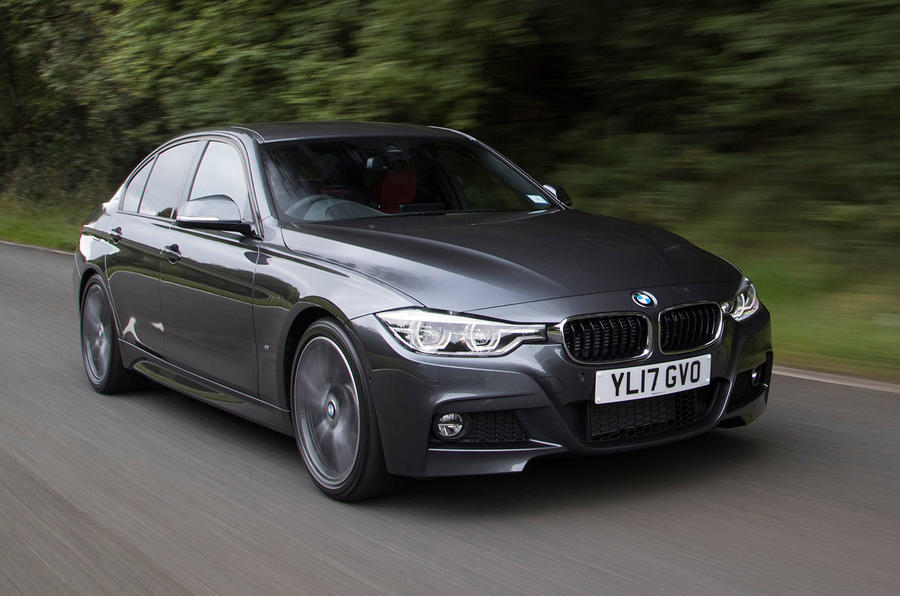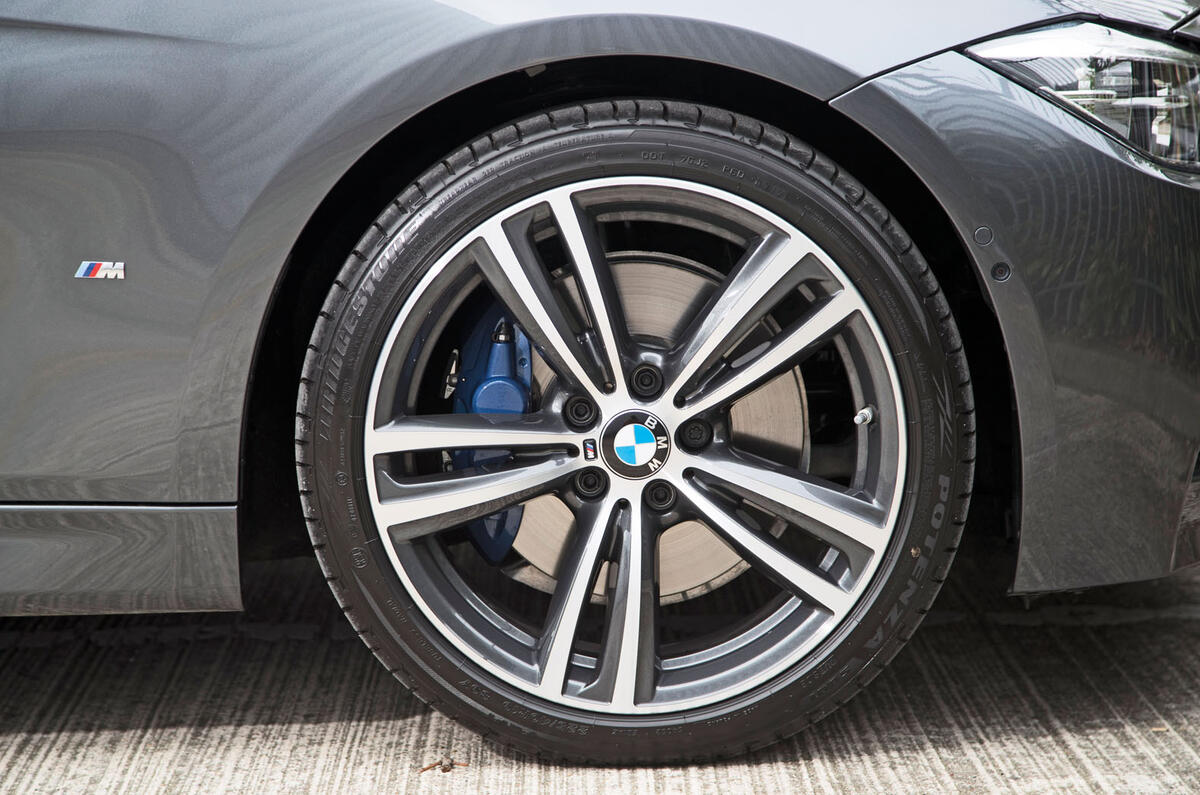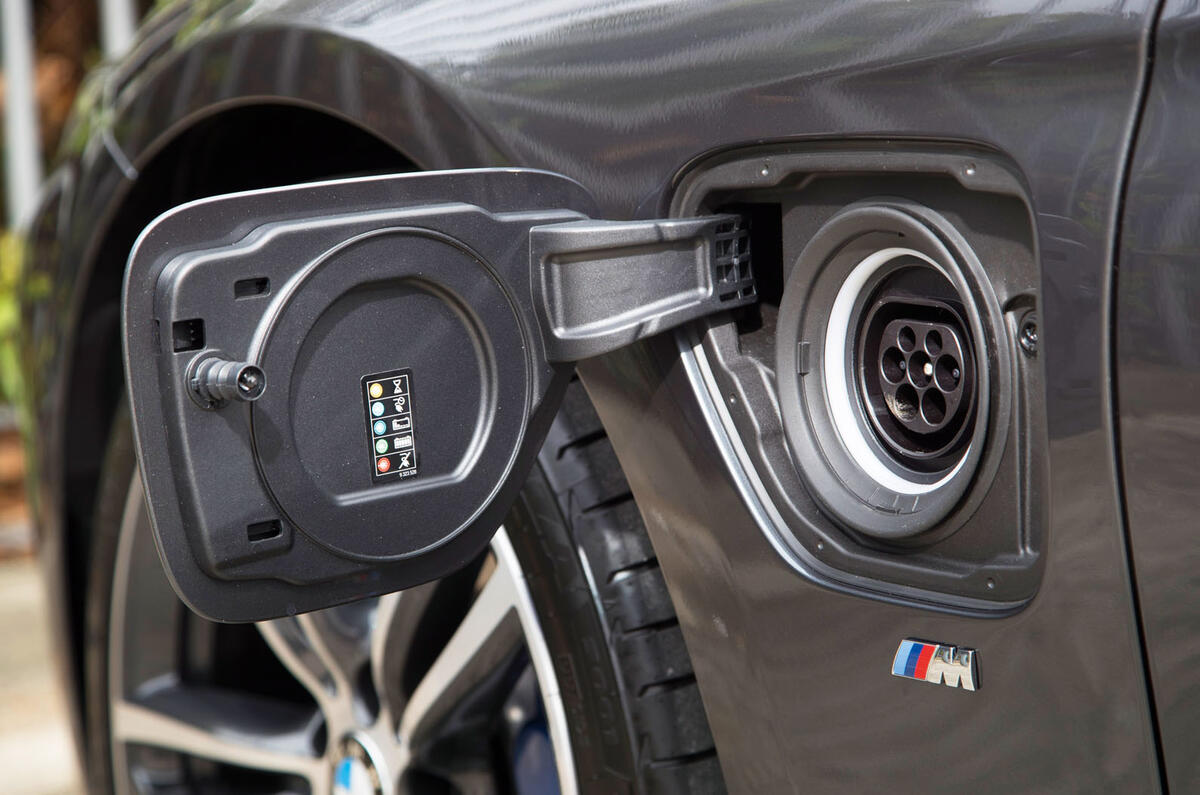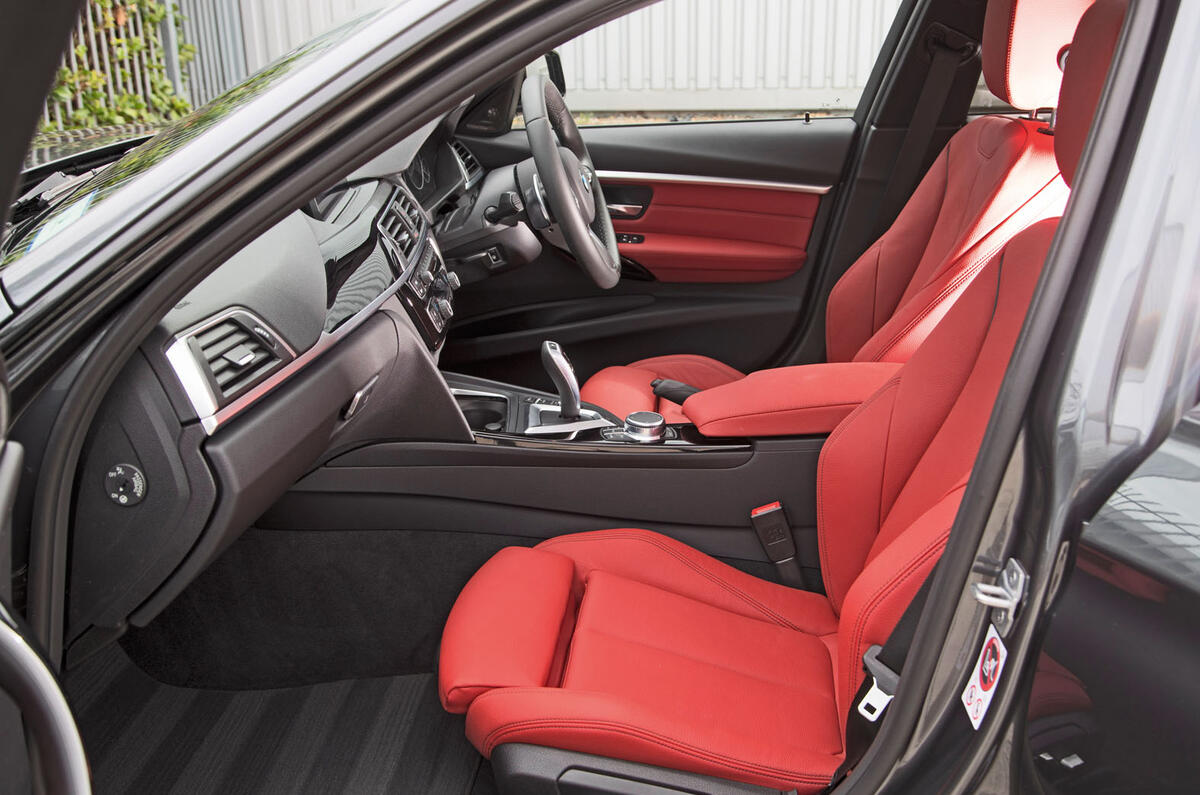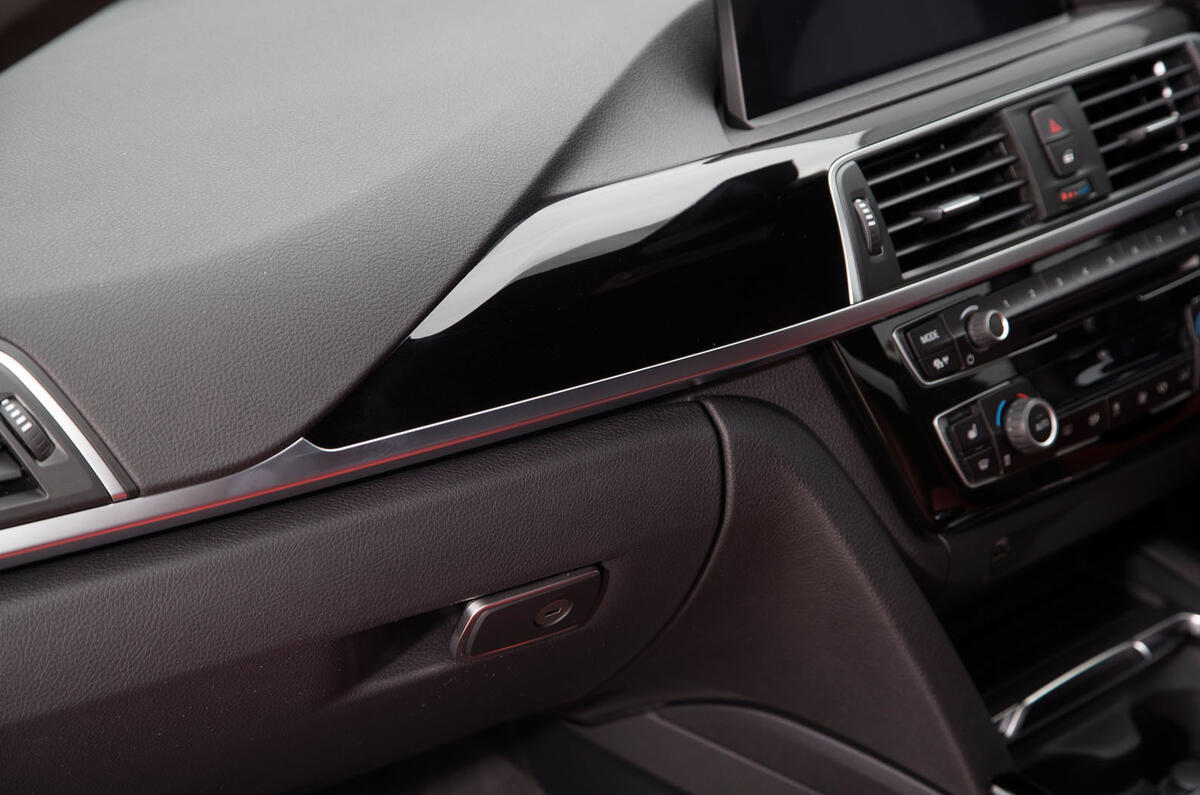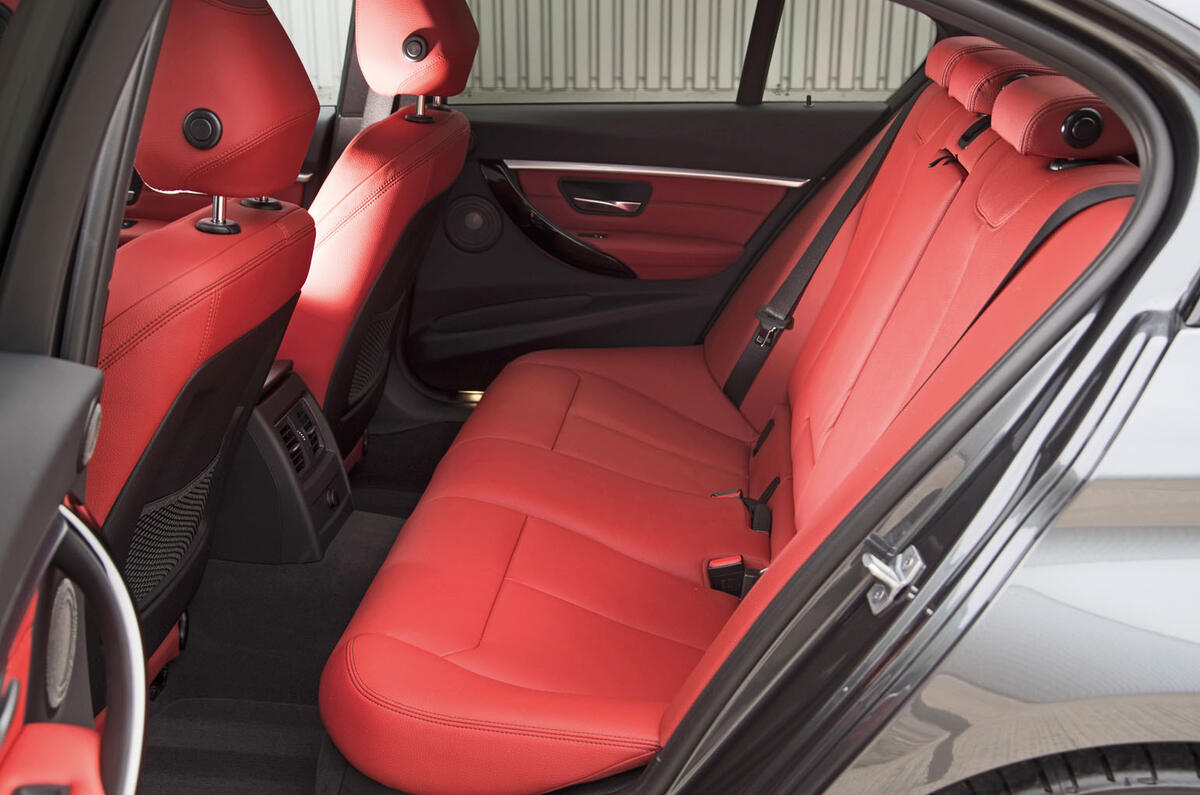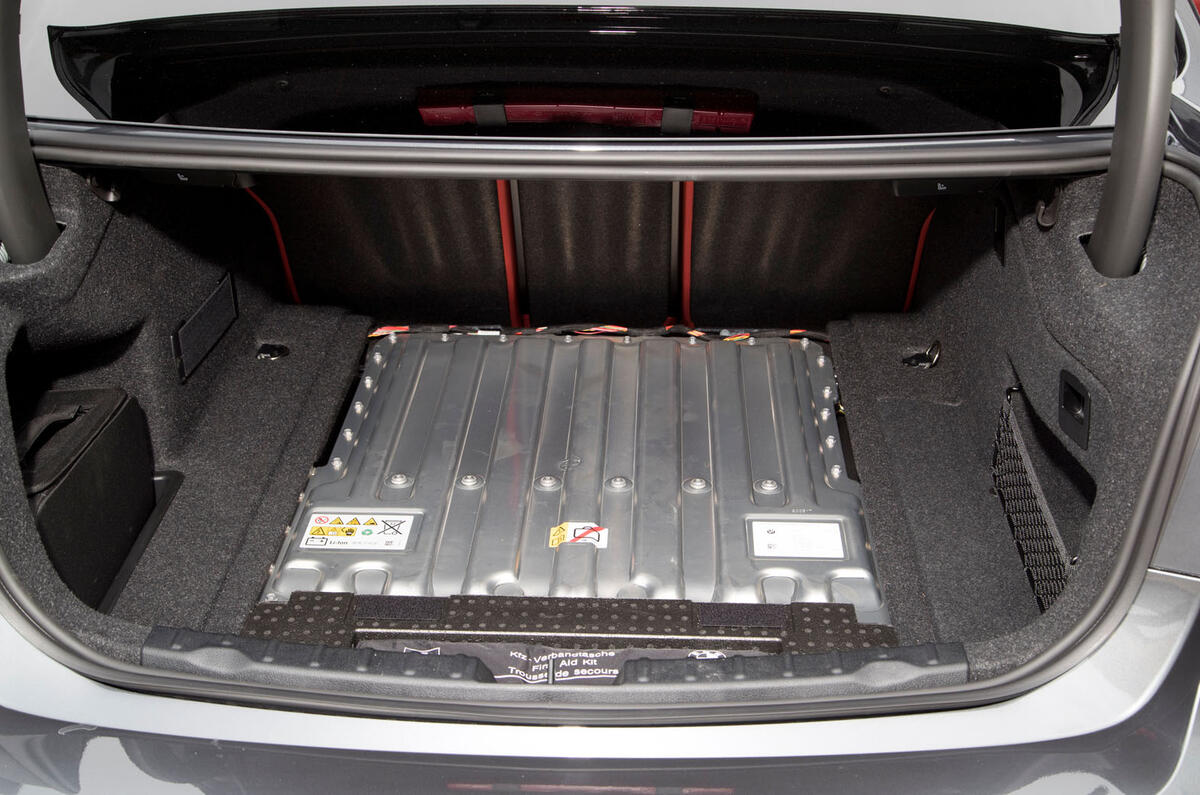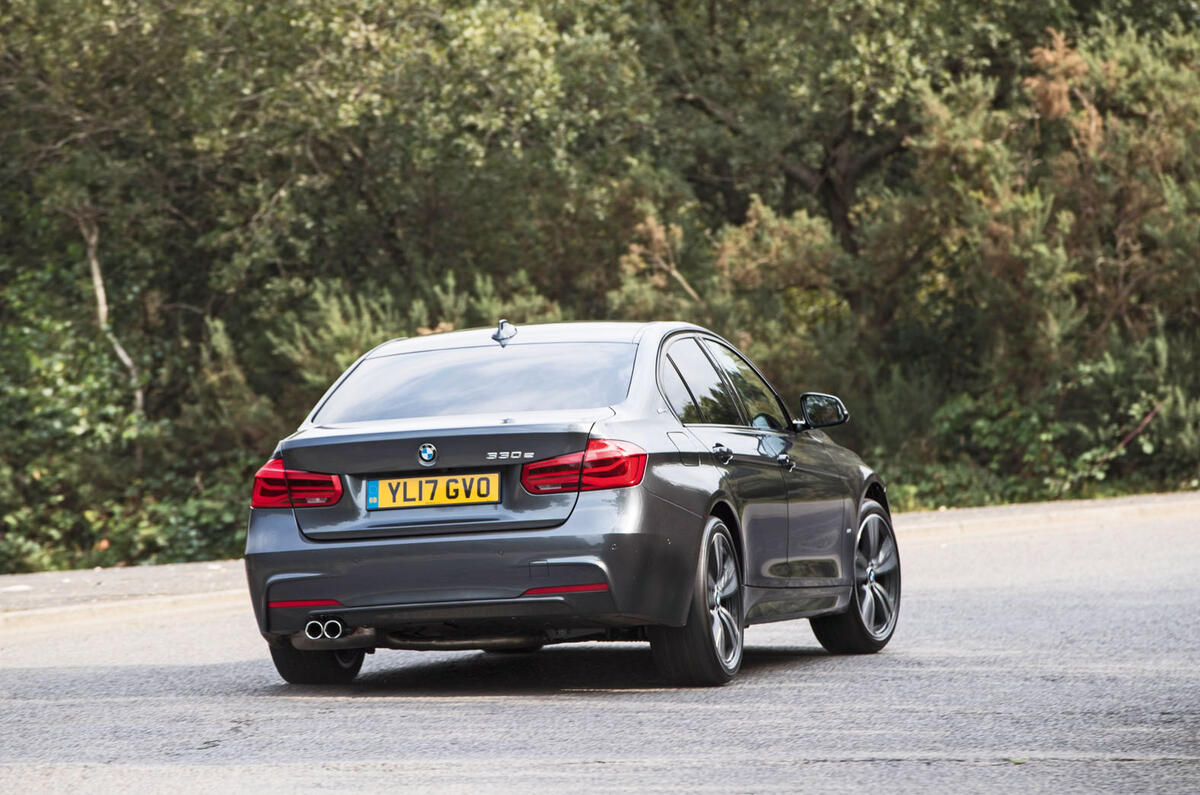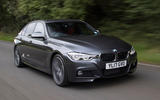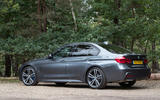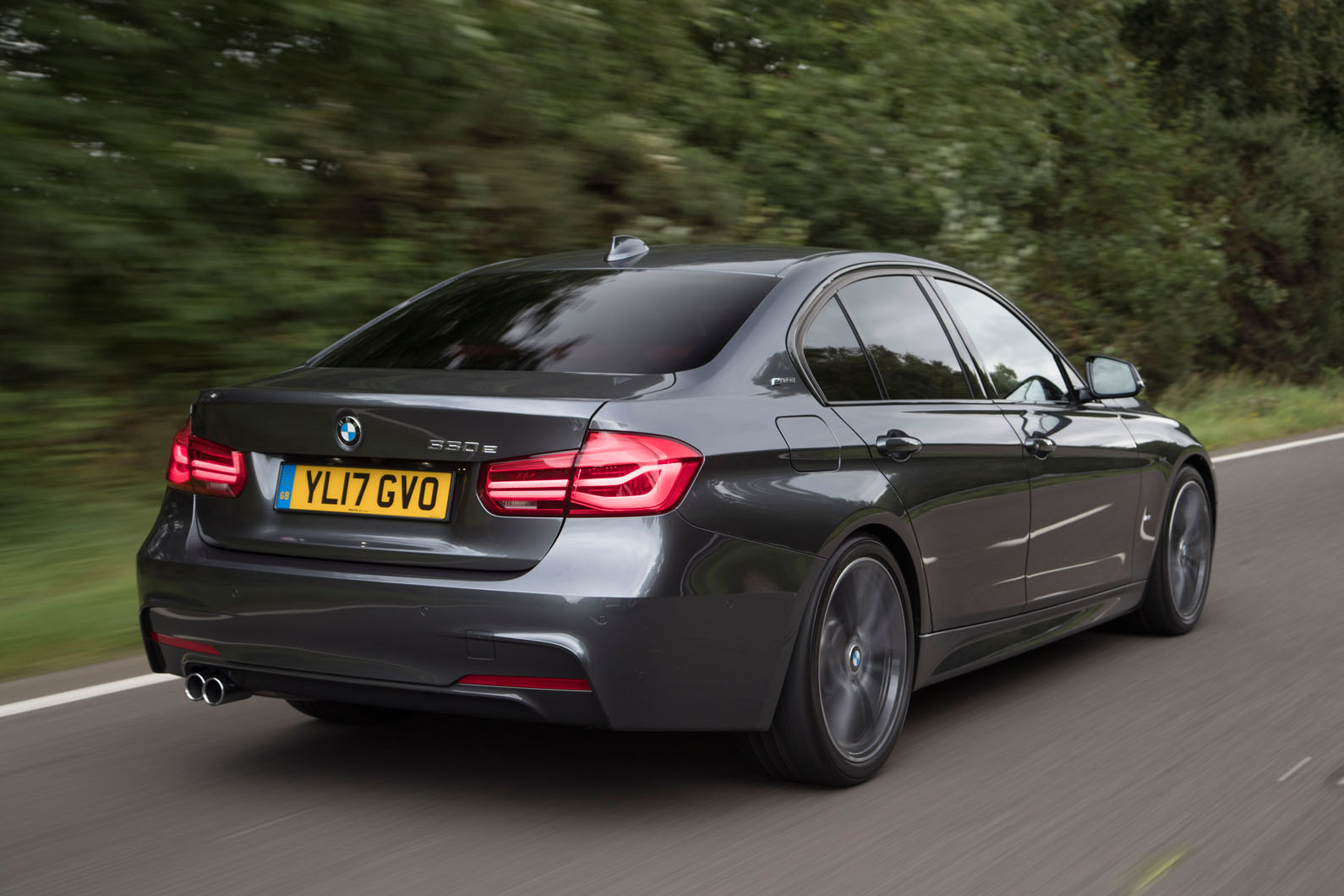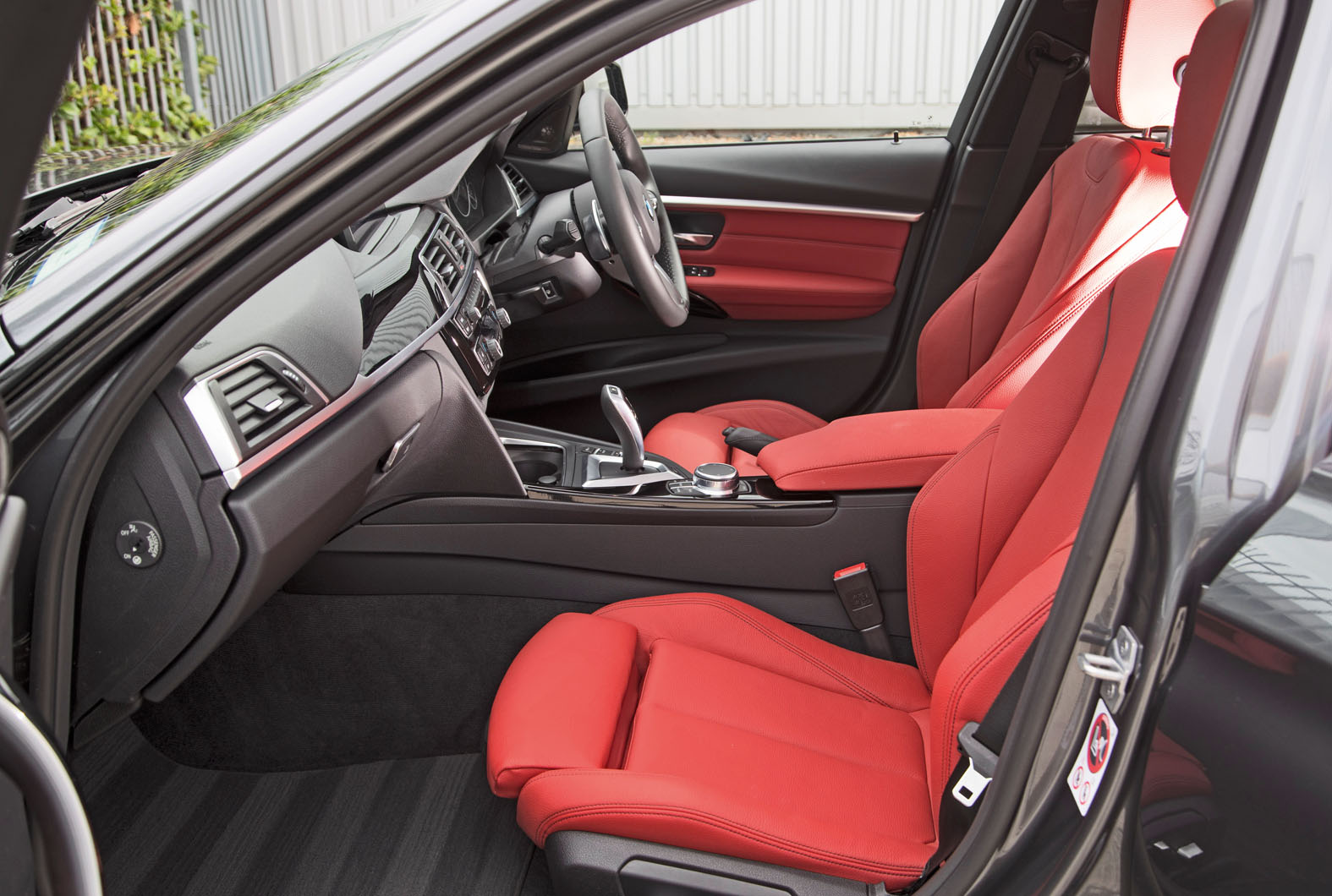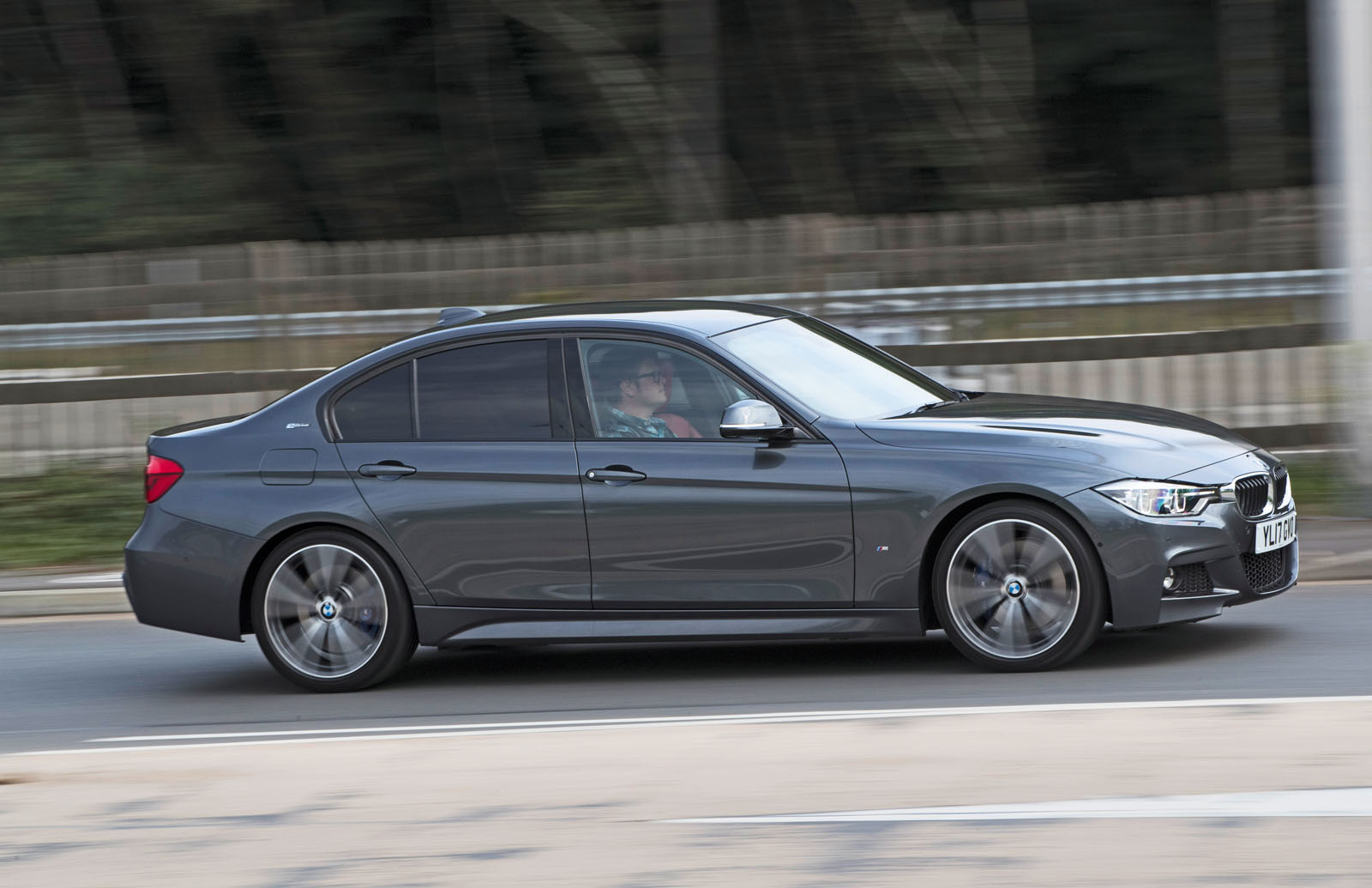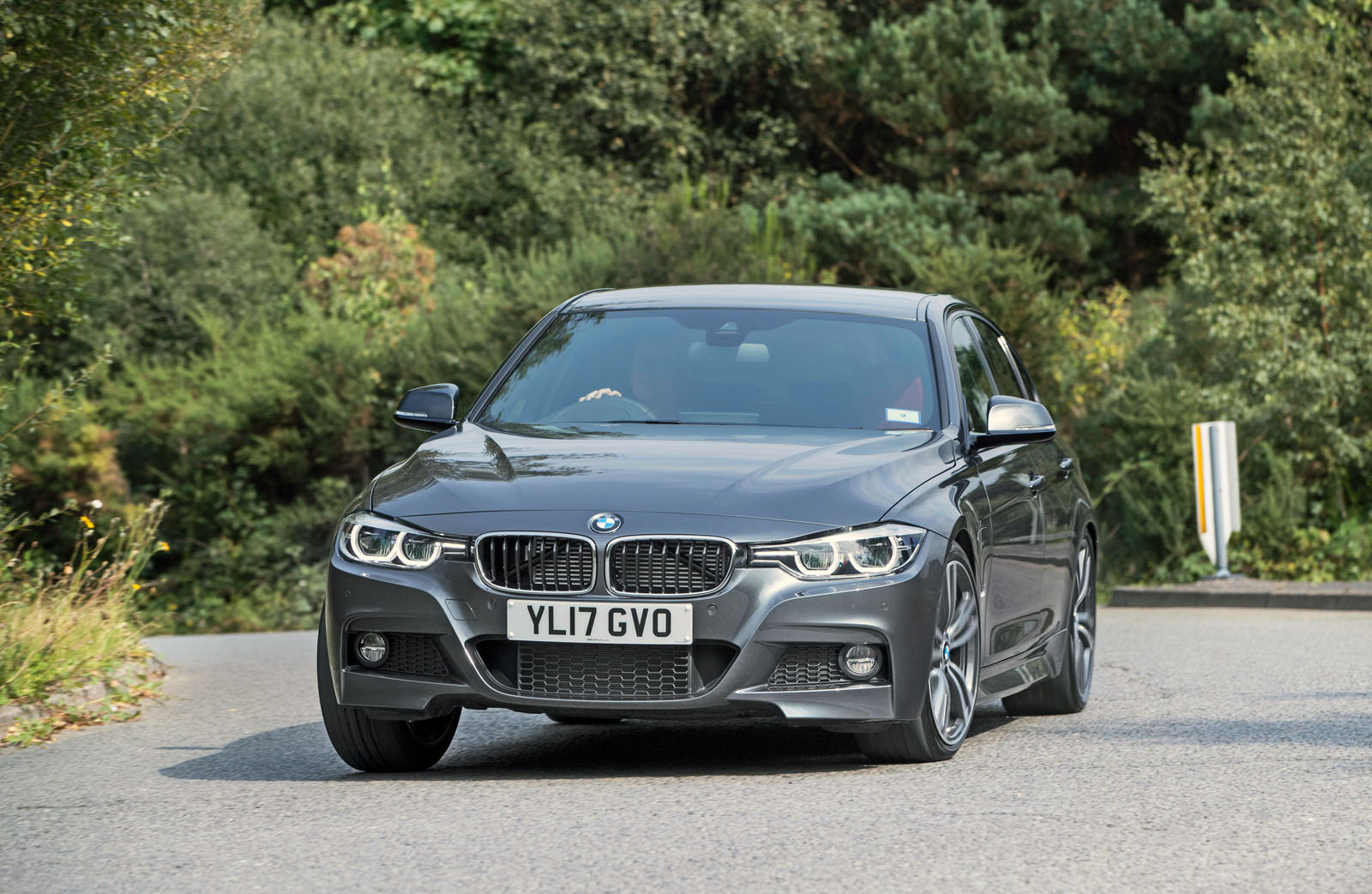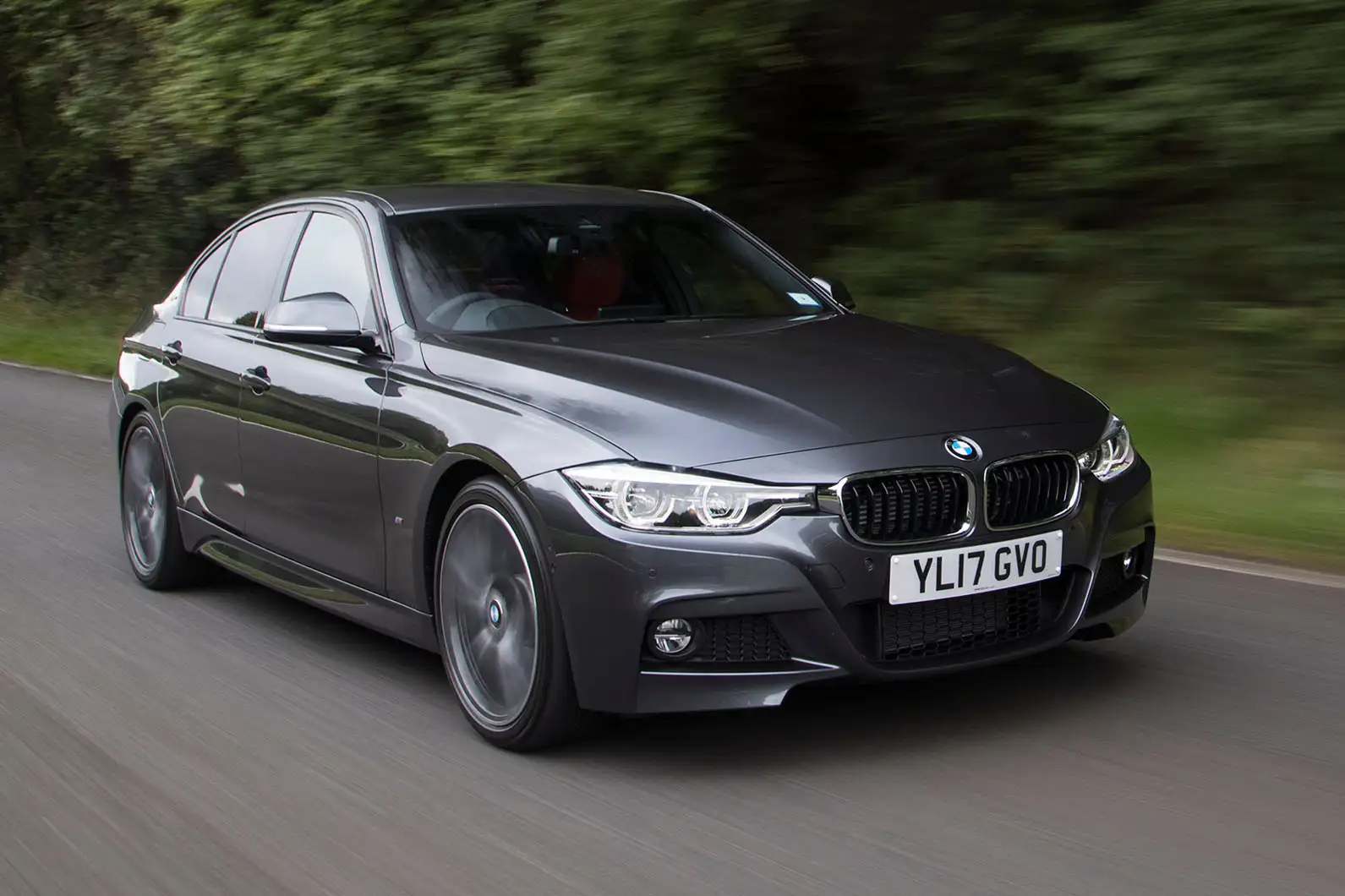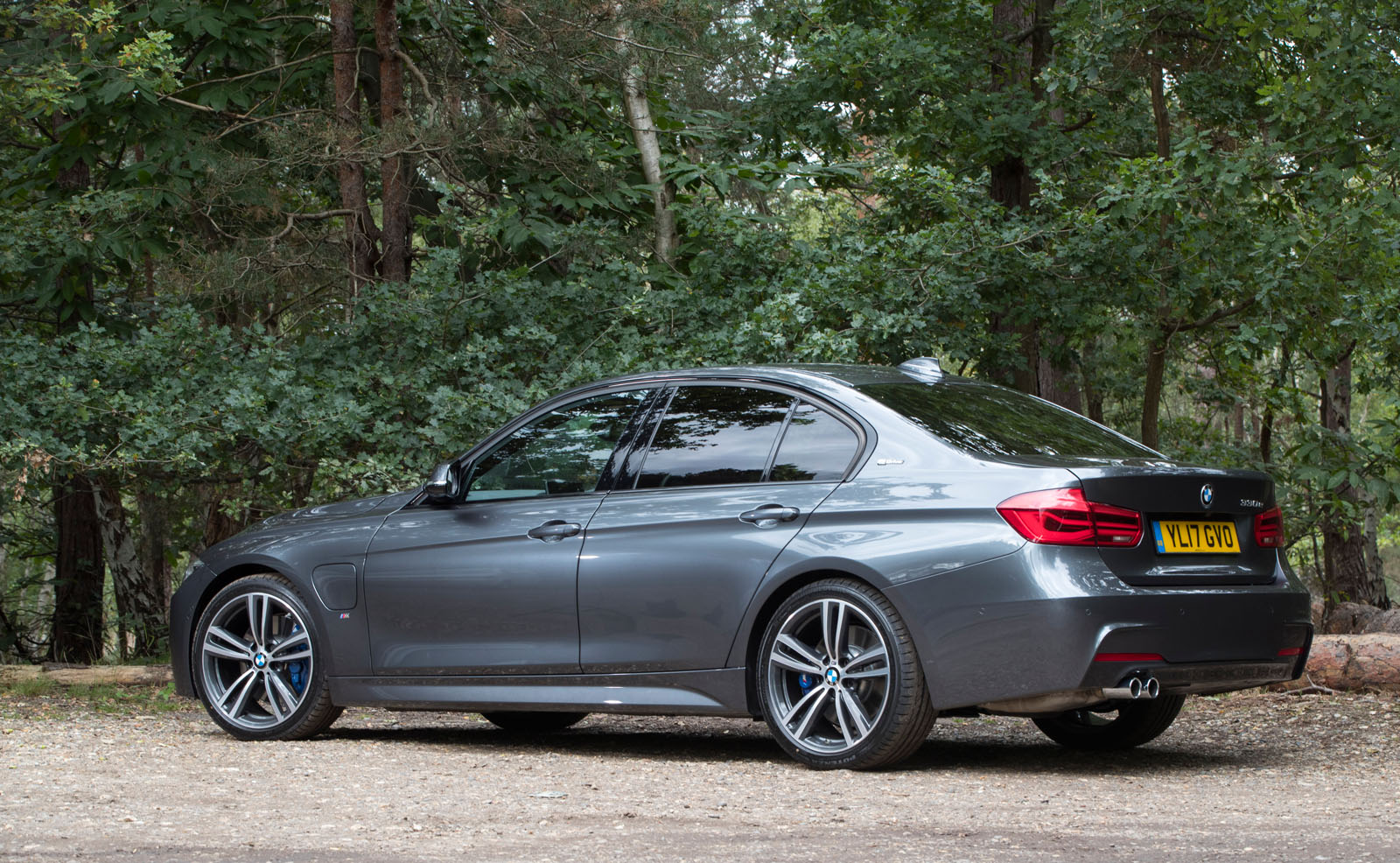The choice for anyone looking to move their next executive saloon car purchase away from straight petrol or diesel power and into the plug-in petrol-electric hybrid fold has been somewhat slow to grow.
Now, though, we can expect it to hit another gear, with so many European governments having announced plans to legislate for a mandatory hybridised motoring future.
That may be good news for us; but it means life for this road test subject, the BMW 330e iPerformance, may be about to get quite a bit tougher.
This electrified 3 Series claimed the spoils in a group test of the early-to-market plug-in hybrid (PHEV) executive options. Now comes our chance to examine its credentials more closely.
Nestling plumb in the middle of the current 3 Series range, the 330e combines the 2.0-litre turbocharged petrol engine of the 320i with an 87bhp electric drive motor and a lithium ion battery.
It makes as much peak power as the more expensive 330i M Sport and considerably more torque – and it also offers fleet drivers savings on their CO2-related benefit-in-kind tax bill and environmentally aware owners the potential for limited zero-emission electric running.
On paper, that combination makes this one of the most appealing options in the 3 Series range, revered big-hitting diesels and Efficient Dynamics economy options included. But will it prove to be that way in practice?


